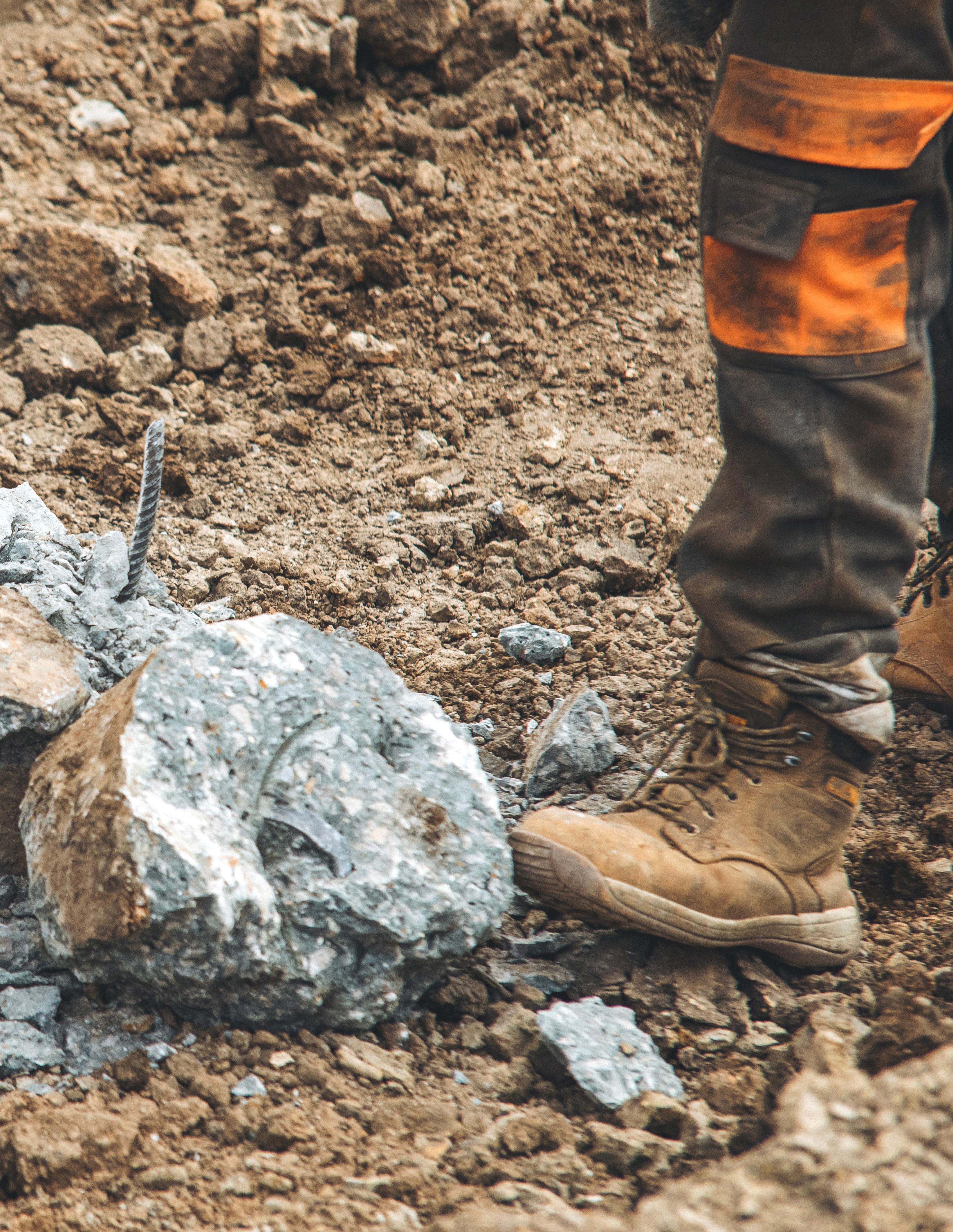
4 minute read
American Council of Engineering Companies of Florida (ACEC Florida): Florida Firms Preparing for Disaster
By Rick V. Baldocchi, PEVice-President, AVCON, INC. and ACEC FLORIDA Public Relations Committee Chair
Natural and man-made disasters happen on a regular basis. We all realize this because of the tragic pictures we see on the major news networks all too often. ACEC Florida firms have an inherent association with both the preparedness and response to these tragic events.
The first element is in establishing design criteria for our projects. Criteria may vary depending on the project location, the type of facility, the importance of the facility and the client’s desires.
For instance, buildings that are deemed to be of a critical nature are designed to have a higher structural capacity (hardened) than other buildings. These are typically emergency response structures (police, fire, etc.), hospitals, schools, and other facilities that may be used as shelters, as well as other potentially critical infrastructure or potentially hazardous facilities.
Municipalities are also engaging consulting engineers to harden existing buildings to reduce the risk of damage during storm events or other natural disasters. Many of these are fire stations since their response is critical after a catastrophic event, and that one building that survives could end up saving hundreds of lives.
Engineers must assess potential risks, such as wind loads, storm surges, flooding, fire, earthquakes and collisions, on every project. This design criteria must be carefully balanced with fiscal realities, as designing every building to withstand any potential event is not financially feasible. The most important aspect of design criteria is to protect the health, safety and welfare of the public.
Many structures, particularly in seismic zones, are designed to “bend but not break,” meaning the structure may be damaged but remain standing to protect the inhabitants. One option for this approach is to design specific members to fail during certain loading events, especially cyclical loading.
We have all seen the amazing collapse of the Tacoma Narrows Bridge as an example of when the loading frequency matches the natural frequency of the structure. A failed element can change those dynamics (harmonic motion) and actually reduce the stresses on the structure from the same loading.
There are many examples of setting specific design criteria for individual projects. This is becoming increasingly important for ACEC Florida firms as hurricanes, tornados, flooding and fires become more common.
The second element is how ACEC Florida firms can assist in responding after the storm has passed. There are numerous volunteer organizations that can mobilize engineers immediately after an event to inspect conditions and help assess the safety of the area or structures for public use. Florida airports have been known to have ACEC Florida firm members on notice to respond as soon as they are physically safe after a hurricane to assist in getting the airport operational as quickly as possible.
Another example was the rebuilding of the Sanibel Causeway after Hurricane Ian destroyed the only access to the island. This was a joint effort between the Florida Department of Transportation, ACEC Florida firms and contractors to rebuild a temporary causeway in six days to allow utility crews and equipment on the island to restore power. The permanent causeway was completed in 105 days – less time than it typically takes to get a firm under contract. This project is a shining example of what the engineering and contracting community can accomplish when the stakes are high, there is a common goal, and the outcome is clear.
So, whether it is before a storm hits or after it has passed, ACEC Florida firms are part of the community that helps reduce casualties due to the disaster, helps monitor safety after the event, and assists in rebuilding facilities that are more resilient to their environment and the dangers that present.










